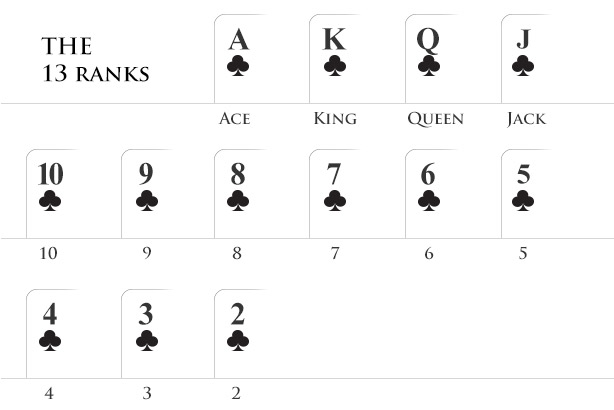How Many Face Cards Are in a Deck of Cards: A Complete Guide
When playing card games or studying the components of a standard deck, it's important to understand the composition and distribution of the cards. Face cards are a significant part of a deck, featuring unique designs and values. In this comprehensive guide, we will explore the number of face cards in a deck and their significance in various card games.
1. Understanding a Standard Deck of Cards

Standard Deck of Cards
A standard deck of cards consists of 52 cards, divided into four suits: hearts, diamonds, clubs, and spades.
Each suit contains thirteen cards, consisting of numbered cards (2-10) and special cards such as face cards and aces.
2. Face Cards in a Deck
Face cards, also known as court cards, are distinctive cards in a deck that depict characters or figures.
In a standard deck, each suit contains three face cards: the king, queen, and jack.
3. Number of Face Cards
Since each suit in a standard deck has three face cards, there are a total of twelve face cards in the entire deck.
This includes three face cards each for the hearts, diamonds, clubs, and spades suits.
4. Face Card Rankings

Card Rankings
The face cards in a deck are ranked as follows:
King: The king is the highest-ranking face card in each suit. It is usually depicted by a character wearing a crown.
Queen: The queen is the second-highest-ranking face card in each suit. It is typically depicted by a female character.
Jack: The jack is the third-highest-ranking face card in each suit. It is commonly represented by a male figure.
5. Significance in Card Games
Face cards play crucial roles in many card games, contributing to the overall strategy and gameplay. Here are a few examples:
Poker: In poker, face cards are typically ranked higher than numbered cards. For instance, in most variations, a pair of jacks or higher is required to form a winning hand.
Blackjack: In blackjack, face cards (king, queen, and jack) hold a value of 10 each. These cards are crucial for achieving a hand value close to 21 without exceeding it.
Bridge: In bridge, face cards hold point values, with the ace being the highest at four points, followed by the king, queen, and jack at three, two, and one point(s), respectively. These points contribute to the scoring during gameplay.
6. Collectible Card Games
In addition to traditional playing card decks, collectible card games (CCGs) often feature unique face cards with specialized abilities or attributes.
Examples of popular CCGs include Magic: The Gathering and Pokémon Trading Card Game.
7. Variations in Face Card Designs
While the standard deck generally features king, queen, and jack face cards, the designs may vary across different decks.
Some decks may incorporate unique illustrations, themes, or cultural adaptations while maintaining the basic hierarchy of face card rankings.
In a standard deck of cards, there are twelve face cards in total, with each suit (hearts, diamonds, clubs, and spades) containing three face cards: king, queen, and jack. These face cards hold various ranks and values depending on the game being played. Understanding the role of face cards enhances the overall experience and strategy in card games such as poker, blackjack, and bridge. Whether you're a casual card player or an enthusiast, the face cards in a deck contribute to the rich history and enjoyment of playing card games.